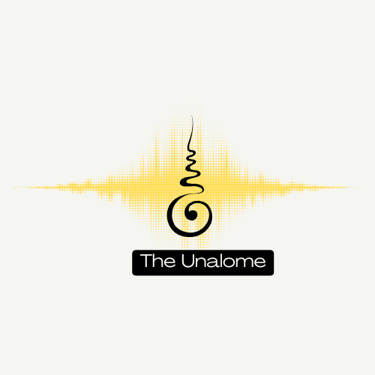Everything is energy and that is all there is to it. Match the frequency of the reality you want, and you cannot help but get that reality.”
… Albert Einstein
Everything in the universe is constantly vibrating, including our bodies. Research has shown that each organ in the human body resonates at its own unique frequency.
Here are some of the body's natural rhythms:
Heartbeat: 60 to 75 beats per minute (Resting: 60 / Average activity: 72)
Breath: 14 to 16 breaths per minute
Gastrointestinal tract: Contracts once per minute
Stomach: Contracts every three minutes
Brain waves: Waking state at 18 to 22 cycles per second
When we are in good health, our body is in a state of balance and harmony. However, when a part of the body is not vibrating in harmony, it is referred to as “dis-ease.” By enhancing the resonant frequency of a specific area in the body, we can energize weakened cells and help restore them to a state of health.
The Mechanism Behind Sound Healing
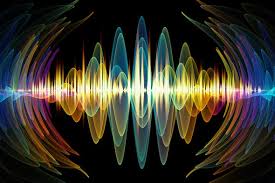

Frequencies & The Body
Frequency refers to the number of oscillations (vibrations) per unit of time and is measured in Hertz (Hz). Different frequencies have distinct effects on both the body and mind. For example, lower frequencies are often linked with relaxation and grounding, while higher frequencies can stimulate energy, focus, and alertness.
In sound healing, the goal is to transform these lower-frequency vibrations into positive, uplifting energies. By intentionally using specific frequencies known to promote emotional balance and well-being, practitioners can help individuals release negative emotions, reduce stress, and foster a deep sense of peace and harmony. This intentional use of sound encourages healing and supports the body's natural rhythms, enhancing overall health and vitality.
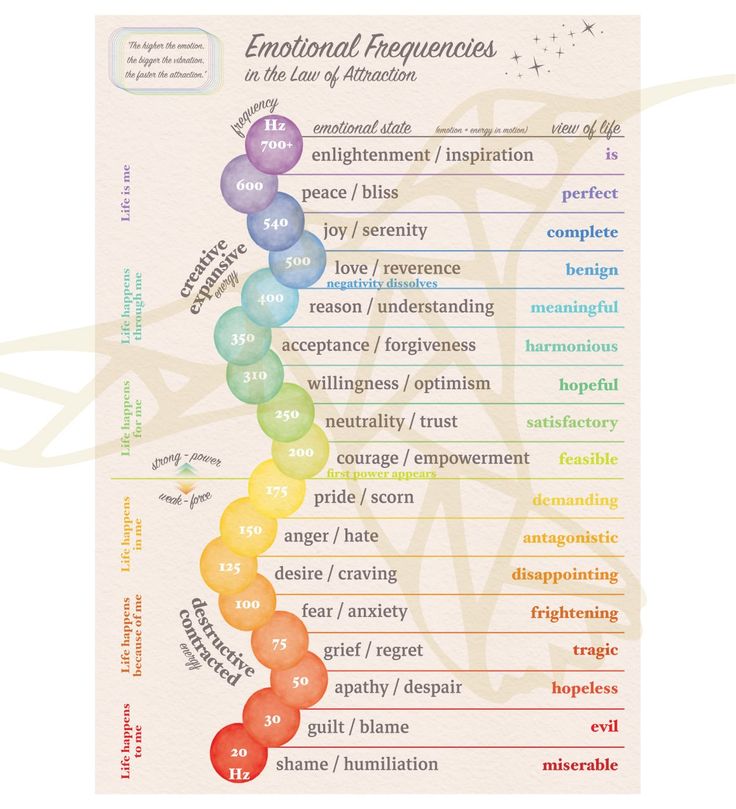

Law of Resonance
In Physics: The law of resonance states that a powerful vibration can cause a weaker vibration to align with its frequency.
Sound as Healing: This principle suggests that sound can potentially convert harmful cells into benign ones.
Cellular Vibrations: Cells naturally generate sound frequencies due to their metabolic activities.
Cell Structures: Cells have structures that act like antennas, allowing them to detect and respond to various environmental signals, including sound frequencies.
This concept suggests that by applying the right frequencies, we can influence cellular health and promote healing.
One of the most intriguing features of sound healing is its ability to affect our brainwave patterns, a process referred to as brainwave entrainment. Entrainment is when two sound or light waves oscillate until they are in a synchronized vibratonal state, acting as one. Entrainment can be very effective in sound healing by entraining the body's natural oscillations with healing frequencies. It can deepen meditative states, aid in pain management, and induce overall relaxation.
Brainwaves have different frequencies depending on the state of mind. For example:
Delta Waves (0.5-4 Hz): They are associated with deep sleep and physical restoration.
Theta Waves (4-8 Hz): They are associated with deep relaxation and creativity, often achieved in meditation.
Alpha Waves (8-14 Hz): Tend to be associated with relaxation and reduced stress, the latter of which is the primary aim of sound healing.
Beta Waves (14-30 Hz): Represent active thinking and alertness; sound healing helps gently diminish this for a state of calm.
Gamma Waves (30 Hz and above): The fastest brainwave patterns, associated with advanced cognitive functioning and heightened awareness; vital for spiritual experiences.
Brainwave Entrainment
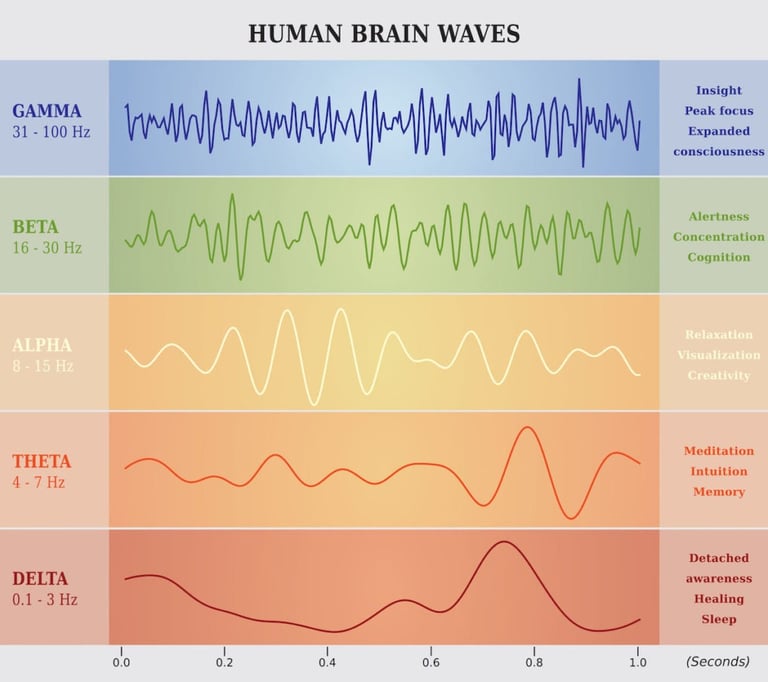

Brainwaves & Sound Healing
Beta Waves: When awake, the brain primarily generates beta waves, which are associated with active thinking and alertness. As drowsiness sets in, beta waves transition to alpha waves.
Alpha Waves: During the first sleep stage (under five minutes), alpha waves drop below 50%, making room for slower theta waves. Sound healing can help shift the brain to the alpha state, promoting relaxation, stress reduction, and maintaining awareness.
Delta & Theta Waves:
Delta Waves dominate during deep sleep and are vital for healing and restoration.
Theta Waves are linked to emotional processing and subconscious healing, supporting deeper states of reflection and relaxation.
By using specific sound frequencies, practitioners can guide the brain through these different wave states, fostering relaxation and supporting both physical and emotional healing.

Do you ever experience hypnagogia yourself? It can be so intriguing!
Did you know that some of the brightest minds in history utilized hypnagogia to enhance their creativity? Figures like Thomas Edison, Edgar Allan Poe, and Salvador Dalí would take short naps while holding a steel ball in their hands. When the ball fell, it would wake them up, allowing them to harness the creative potential of those "micro naps." The steel ball trick is such an elegant way to capture ideas without losing them to sleep.!
Hypnagogia, with its mix of conscious awareness and subconscious imagery, seems to be a sweet spot for creative problem-solving and artistic inspiration.
That’s a profound advantage of sound healing! Unlike the fleeting moments of hypnagogia that occur naturally during transitions into sleep, sound healing can create a sustained state where you remain immersed in that liminal space for longer periods. The vibrations and frequencies can help quiet the overactive mind, making it easier to slip into that space where the subconscious becomes more accessible.
Exploring these techniques could be transformative, not just for creative endeavors but also for self-discovery and emotional healing.
It might be a great way to tap into deeper creativity or even to explore emotions and insights that are often hidden beneath the surface.
Biophysics of Sound at a Molecular level (Cymatics)
When an object vibrates, it causes nearby air molecules to move and collide, creating sound waves. This chain reaction continues until the molecules lose energy. On a molecular level, this can affect cellular structures through cymatics, where wave patterns create organized designs in substances like water. Since the human body is about 70% water, it responds well to these vibrational patterns. Sound healing may help reorganize and stabilize cells, potentially reducing cellular stress and improving function.


Effects on the Nervous System and Hormones:
Scientists have discovered that soothing frequencies of sound enhance the level of endorphins, serotonin, and dopamine in the brain. Such neurotransmitters help promote the feeling of well-being and reduce stress, which would thus help promote both mental and physical healing.
One proposed mechanism is the stimulation of the body’s natural production of endorphins, which are neurotransmitters that act as natural painkillers. Sound therapy can trigger the release of endorphins, helping to reduce pain and induce a sense of well-being.
The use of sound for pain management is not a new concept. Ancient civilizations such as the Egyptians and Greeks used music and sound in their healing rituals. Today, modern science is shedding light on the potential mechanisms behind sound’s effectiveness in pain relief.
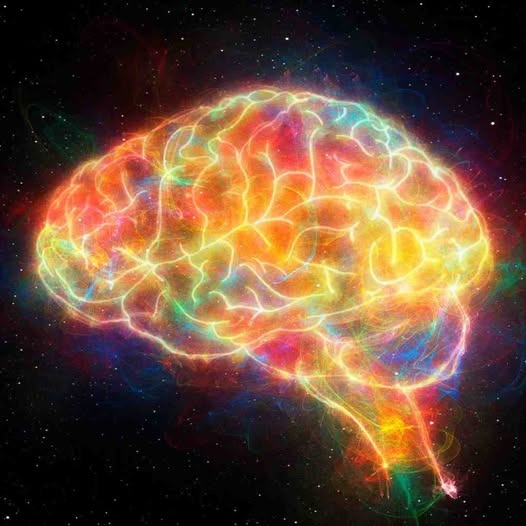

Intention
Perhaps the most crucial element of sound healing is intention. The practitioner's intention, combined with the recipient's openness to healing, can significantly influence the effectiveness of the session. Positive intentions can amplify the therapeutic effects of sound, guiding the vibrations and frequencies to address specific physical, emotional, or spiritual challenges.


